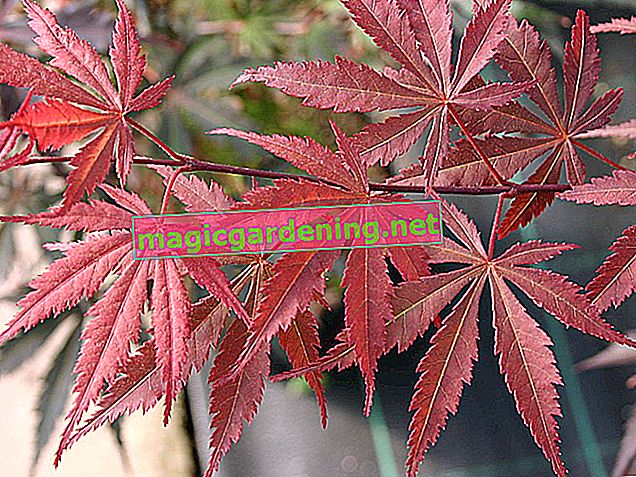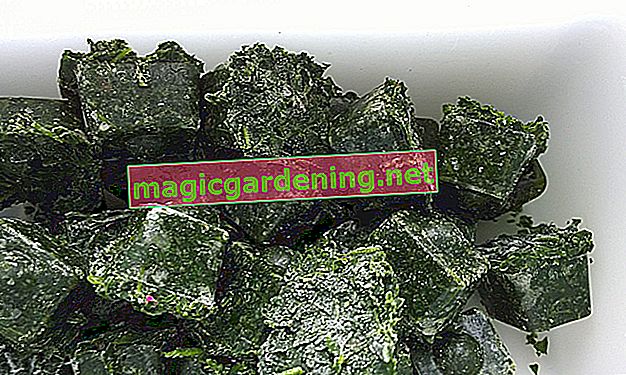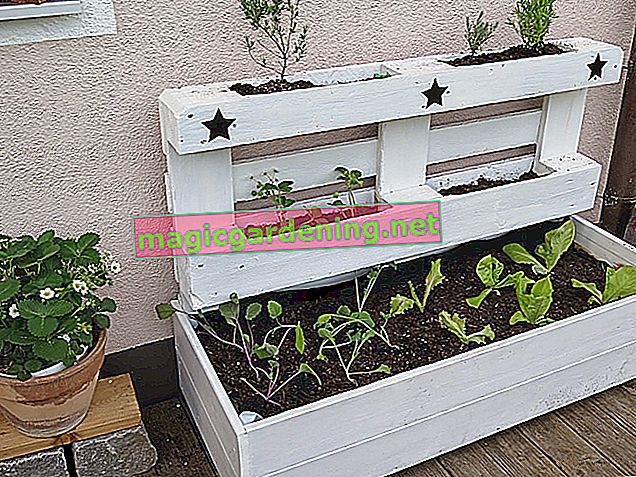
The wrong location and / or maintenance is often to blame
If your Japanese maple grows poorly, has brown and / or dry leaves or shows clear signs of fungal or pest infestation, this is usually due to an unsuitable location and / or incorrect care. With regard to the location, a warm, sunny and above all sheltered place should be ensured - the wood does not particularly tolerate wind and drafts. Waterlogging can also be dangerous for the tree, which is why the plant substrate should be thoroughly loosened before planting. At best, plant the Japanese maple in a slightly sloping place.
also read
- Robust red maple is not prone to disease
- Japanese maple threatened by diseases such as verticillium wilt
- Japanese maple gets dry leaves - what to do?
Deadly threat from Verticillium wilt
If the foliage slackens and branches die for no apparent reason at first, the dreaded Verticillium wilt can be behind it. It is a contagious and extremely dangerous disease caused by fungi of the genus Verticillium and mainly affects maples. No herb (or fungicide) has yet grown against the Verticillium wilt and infected plants can only be saved in rare cases. If the infestation is not too strong, you can prune the tree - cut off plant parts in the household garbage and never on the compost! - as well as dig up and put in a bucket with fresh substrate.
Other fungal diseases
Powdery mildew can occur in Japanese maples, especially in rainy summers and as a result of incorrect watering. In this fungal disease, leaves and shoots are covered with a gray-white, greasy carpet of mushrooms. The pathogen is transmitted via water, which is why Japanese maple should never be poured from above. Powdery mildew can be combated quite successfully by spraying it with a milk-water mixture or a fungicide.
Tips
Never plant a maple in a location where Verticillium wilt has already occurred - even if the soil has already been replaced at this point!








